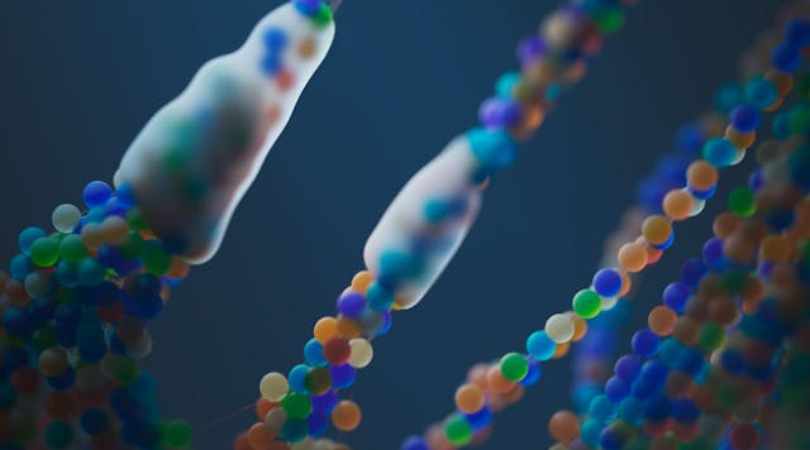Scientists have successfully restored the lost uricase enzyme, a key breakthrough in combating fructose-induced fat formation. This discovery offers new hope for preventing obesity and metabolic disorders by targeting how the body processes sugar and stores fat.
Limited Quantities Available! Order Today and Enjoy Free Shipping on Orders Over $100!
Metabolic Syndrome
A cluster of conditions—including insulin resistance, high blood pressure, and fatty liver—often rooted in excess fructose metabolism.
One Root, Many Symptoms
Metabolic syndrome may seem like a collection of separate problems—but they often stem from a single disrupted pathway: fructose metabolism.
High blood pressure, insulin resistance, belly fat, and abnormal cholesterol are hallmark features of metabolic syndrome. Fructose overload—both from diet and internal production—can drive every one of these through mitochondrial dysfunction, uric acid buildup, and impaired fat handling.
SugarShield is designed to help at the source. By supporting healthier fructose processing, it assists the body in restoring cellular energy, reducing inflammation, and regaining metabolic balance—right where the dysfunction begins.
What is Metabolic Syndrome?
Metabolic syndrome is a collection of risk factors that increase the likelihood of heart disease, stroke, and diabetes. It includes:
- High blood sugar (insulin resistance)
- High blood pressure
- Abdominal obesity
- High triglycerides
- Low HDL cholesterol
What Drives It?
While lifestyle is a contributor, a growing body of evidence suggests that fructose metabolism may be a root cause—especially when it leads to mitochondrial stress, uric acid buildup, and fat accumulation.
Fructose and the Metabolic Web
Excess fructose activates the enzyme fructokinase, driving fat production, lowering energy levels, and promoting insulin resistance—key features of metabolic syndrome.
Why It Matters
Metabolic syndrome is one of the strongest predictors of chronic illness. Yet most treatments focus on symptoms, not the cause.
At LIV3, we target the metabolic switch itself—offering a proactive approach that starts at the cellular level, not just the surface markers."






